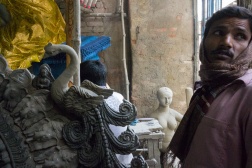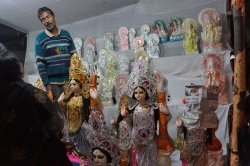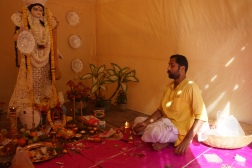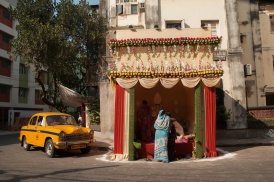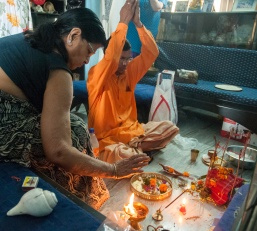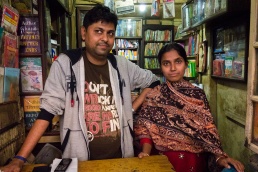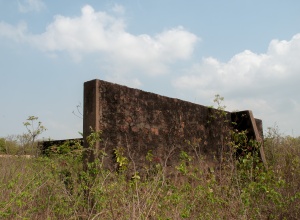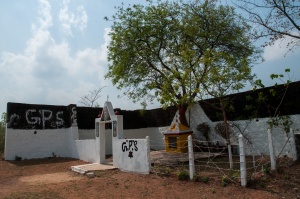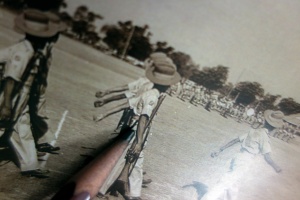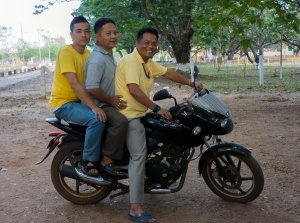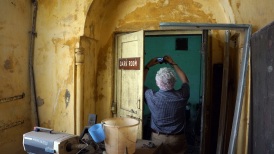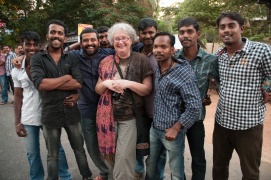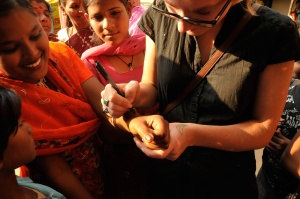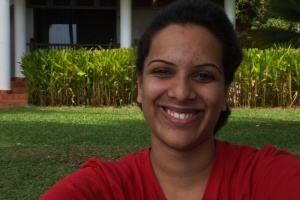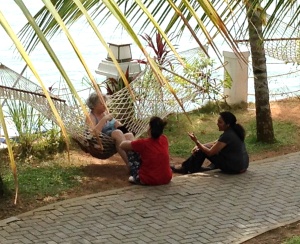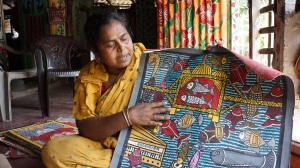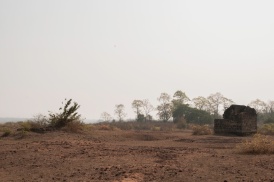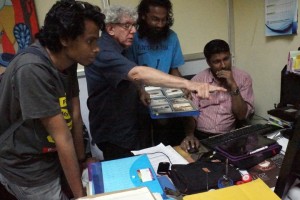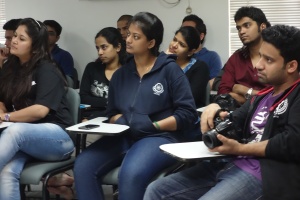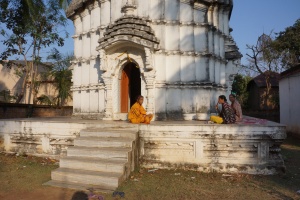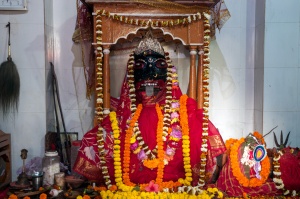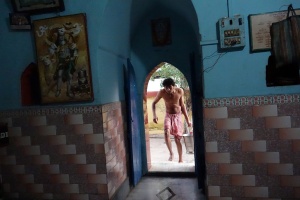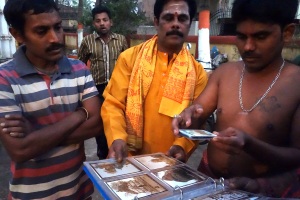We have been in India now for almost 5 months. This post is being written in the Delhi airport as we wait for our 2 AM flight back to Chicago, a 15 hour trip. Being in India, and developing our Following the Box project, has been the most remarkable experience of our lives. We’ve tried to provide a taste of our experience through these posts. They also help us to remember what could otherwise fade, the telling details disappearing in the daily, colorful avalanche. Many of the people we’ve met will become life-long friends, our memorable adventures setting us on unimagined paths that will continue to unfold for years to come. Throughout, we never stopped asking ourselves “Where are we?” Our astonishment at India’s vibrancy, complexity and painful contrasts is just as fresh now as it was when we first stepped off the airplane back in November.
We each want to share a few thoughts before returning to our “normal” lives. Jerri will post a few “Snippets,” her final Muses, in the next few days.
I’ve been struck by the way in which India pulls you in two directions. It’s more than the obvious contrasts between rich and poor, old and new, rural and urban that I’ve commented on for the past months. It’s deeper. India has an ancient culture, a delight in gods and goddesses, story and myth, a tangible understanding that there is meaning in the world—in our lives. Indian culture affirms that things happen for a reason, and that if we take life seriously, we might better enjoy the journey. It is a culture that thrives on ritual, giving form to the inexplicable forces that course through our lives. There are celebrations everywhere, all the time. And there is a history of honoring study and knowledge, not unlike the Jewish culture. Actually, the similarities are striking–the sound of the conch shell announcing Hindu prayers mirroring the shofar; the belief in education; the Star of David a pervasive symbol. The culture pulls you upward, towards enlightenment.
But at the same time, other forces are at play. This is a country marred by corruption and violence, by tragedies that count millions slaughtered. Hinduism is a belief system more than a religion, one that stresses tolerance and understanding. Muslims stress the welcoming of strangers, the belief that we are all one. Yet neighbor turned on neighbor during Partition and during the creation of Bangladesh and during Hindu-Muslim riots that occur sporadically, often with the tacit support of whatever government is in power. It’s like trying to reconcile the sensitivity and sophistication of pre-War German culture with Nazism. It can’t be done.
This pulling downward, toward our baser instincts, takes a very real form in every day life, even without overt violence. To survive in India, to withstand the onslaught of one-legged beggars and mothers thrusting their babies in your face and people closing their fingers around imaginary morsels of food and beseeching you to stave off their hunger, you harden. As Jerri says, “No eye contact.” To be able to function, you turn away. To survive, you deaden your response to pain and inequality, to poverty and illness. I don’t like this feeling—it runs counter to all my instincts and it is core to the India experience, magical though it may be on so many levels.
India pulls you up towards divinity and down towards indifference. Negotiating the space in-between is the challenge that defines us.
Thank you Senator Fulbright for making this journey possible. And thank you to all our friends, in India and America, for taking time to share our adventure. Namaskar.


